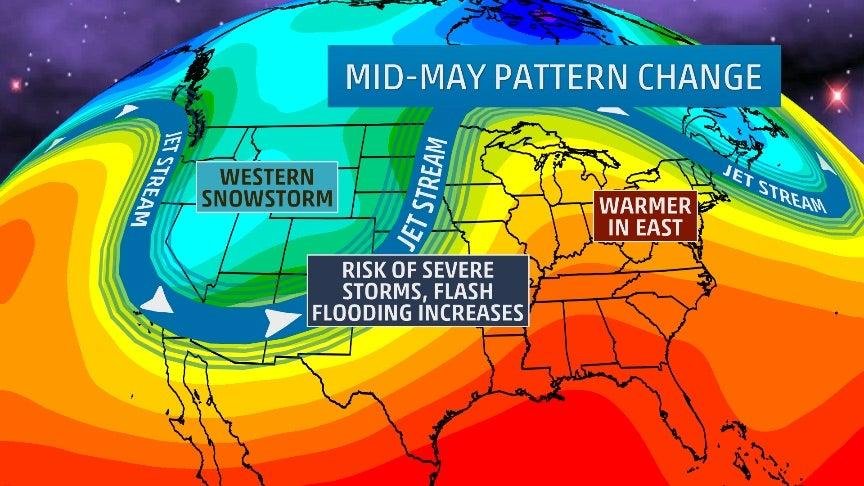When it comes to exploring the breathtaking landscapes and vibrant culture of New Zealand’s south island, choosing the right time to visit can considerably enhance your experience. With towering mountains,pristine lakes,and charming towns,the South Island is a treasure trove of natural beauty,each season bringing its own unique allure. Whether you’re an adventurous hiker looking to traverse the stunning Southern Alps, a wine enthusiast eager to sip your way through Marlborough, or a family seeking fun-filled activities, the timing of your trip can make all the difference. In this guide, we aim to help you navigate the complexities of seasonal changes, climate variations, and local festivals, ultimately pinpointing the best month for your South Island adventure. Join us as we delve into the various attributes of each season, ensuring your journey is not only memorable but also tailored to your specific interests and desires. Embrace the wonders of New Zealand’s South Island, and rest assured that the ideal time for your visit is just around the corner!
exploring Weather Patterns and seasonal Activities for Your Ideal Visit to New Zealands South Island
the South Island of New Zealand is renowned for its diverse weather patterns, which play a crucial role in shaping the best time to visit. Depending on the season, you can enjoy a wide range of activities tailored to the climatic conditions. As an example, if you find yourself in the region during the summer months (December to February), you’ll experience warm temperatures perfect for hiking, swimming, and exploring stunning beaches. On the other hand, autumn (March to May) brings picturesque landscapes with vibrant foliage, ideal for photography enthusiasts and wine lovers alike. Winter (June to August) transforms the mountains into a skiing paradise,offering exhilarating slopes for both beginners and experts. Meanwhile, spring (September to November) marks the rejuvenation of nature, with blooming flowers and mild weather, making it a perfect time for outdoor activities like biking and eco tours.
Here’s a quick guide to seasonal activities:
- Summer: Kayaking, beach outings, and vineyard tours.
- Autumn: Wine festivals, scenic drives, and hiking.
- Winter: Skiing, snowboarding, and cozy lodge stays.
- Spring: Flora and fauna tours, cycling, and cultural festivals.
To further illustrate this, here’s a simple overview of average temperatures and rainfall:
| Month | Average Temperature (°C) | Average Rainfall (mm) |
|---|---|---|
| January | 20 | 60 |
| April | 14 | 75 |
| July | 10 | 90 |
| October | 15 | 80 |
understanding these weather patterns and aligning them with your personal interests is essential for planning your trip. On Gezify, we encourage you to consider what activities excite you most, whether it’s embracing the warmth of summer or soaking in the wonder of winter sports, ensuring your visit to New Zealand’s South Island is nothing short of perfect.
Navigating Crowds and Unique Events to Enhance Your Travel Experience
When visiting New Zealand’s South island, understanding how to navigate crowds and embrace unique events can significantly enrich your travel experience. This region is renowned for its breathtaking landscapes and vibrant local culture, but it also attracts a meaningful number of tourists, especially during peak seasons. To optimize your visit, consider planning your itinerary around local festivals and events that offer an authentic taste of Kiwi life.Some noteworthy events include:
- Queenstown Winter Festival: Held in June, this lively celebration of winter features festivities like live music, sports, and even fireworks—perfect for immersing yourself in local culture while enjoying the snow-covered surroundings.
- Akaroa French Festival: Each February,celebrate the French heritage of Akaroa with food,music,and art,providing a unique possibility to enjoy local delicacies while mingling with both locals and fellow travelers.
- New Zealand International film Festival: Occurring in July and August, this festival showcases local and international films, offering a great way to engage with New Zealand’s artistic community.
Timing your visit to coincide with these events can not only lessen the likelihood of overcrowding in more tourist-heavy areas but also connect you with the heart and soul of the community. As you indulge in local customs, it’s essential to remain aware of your surroundings. Employing a sense of flexibility can also help; for instance, if you arrive at a crowded location, consider exploring off-the-beaten-path destinations that can provide equally stunning vistas without the throngs of tourists. Here’s a quick table that highlights some of the best months to visit specific locations on the South Island while avoiding excessive crowds:
| Location | Best Time to Visit | recommended Activity |
|---|---|---|
| Fiordland National Park | March - May | Hiking Milford Track |
| Christchurch | February – April | Botanic Gardens Tour |
| Queenstown | November – Early December | Adventure Sports |
By aligning your travel plans with these unique events and lesser-known attractions, you’ll enhance your journey through the picturesque landscapes of New Zealand’s South Island.Joining the local festivities will provide a richer understanding of the culture, making your visit truly memorable while ensuring a comfortable experience amidst the crowds.
choosing the best month to visit New Zealand’s South Island depends on your interests and desired experiences. Whether you’re drawn to the vibrant landscapes of spring, the sun-kissed beaches of summer, the breathtaking hues of autumn, or the thrilling winter sports, each season offers its own unique charm. By considering the various activities and weather conditions throughout the year, you can tailor your trip to create unforgettable memories in this stunning destination. No matter when you choose to go, the South Island’s natural beauty and welcoming spirit are sure to leave a lasting impression. Safe travels!
